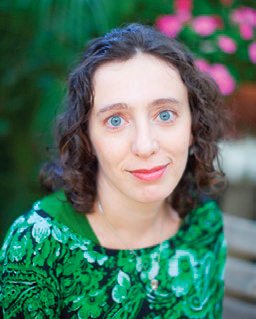Alumni achievement: Professor Anna Grosberg

Dr. Grosberg is an assistant professor in the Department of Biomedical Engineering at the University of California, Irvine (UCI). She received her undergraduate education at the University of Minnesota, double majoring in BMEn and ChEn and was part of the Department of Biomedical Engineering’s first graduating class—making her the first professor from our program.
She completed her PhD at the California Institute of Technology, where she created a computational model of the myocardium mechanics. Dr. Grosberg then became a postdoctoral fellow at Harvard University, where she worked on both computational modeling of cellular self-assembly and experimental tissue engineering device design.
She started her faculty position at UCI in April 2012. Her research is focused on computational and in vitro models of cardiac tissues.
Why did you choose to double-major in BMEn and ChEn at UMN?
When I transferred to UMN, I was fascinated by engineering, but I wasn’t sure about the career I wanted to pursue. Before my senior year, I had the opportunity to work in Professor Siegel’s laboratory and it was then that I knew I wanted to go to graduate school to study bioengineering.
As I had already completed my ChEn requirements, I wanted to take as many classes as possible to prepare for graduate school. I am very grateful to the BME department for allowing me to complete my second major that year.
What led you to focus on BMEn in graduate school and your current research areas?
My decision to focus on bioengineering in graduate school was driven by the research I had a chance to participate in as an undergraduate. It completely fascinated me that biological processes could be described by equations. Observing a heart surgery in one of my BMEn courses lit my passion for cardiac research.
Which of your research projects are you most excited about?
The most exciting part of my research program is combining modeling and experimental techniques. In my group, we look at how the structure of cardiac cells and tissue affects their self-assembly or contractile function. By actually building these cells and tissues, we can compare functional results to model predictions.
What advice would you give to a BME student aspiring to a career in academia as a professor?
My best advice would be to make sure to get a very good foundation in your undergraduate education. You won’t know the specific area of your research until much later, so it’s important to pay attention to all aspects of your BMEn degree: Programming, mechanics, biology, etc. Also, make sure to enjoy your education—a career in academia is driven by a love to learn.